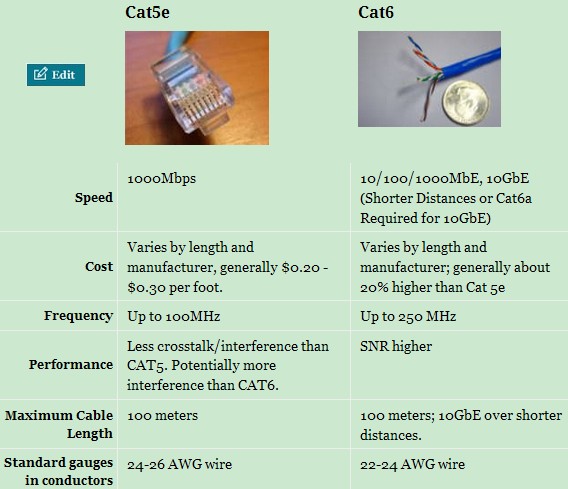

At the Terminal 5 roundabout take the first exit on to Western Perimeter Road.

Go straight on and the car park entrance is on the left, just after Business Parking (T2 & 3).Įxit at Junction 14 and follow signs for Terminal 5 and Long Stay Parking. At the traffic lights turn right on to Northern Perimeter Road West, following signs for Long Stay (T5). At the roundabout (Nene Road junction), take the third exit. Following signs for Long Stay (T1 to T5), take the first exit on the left (East Ramp), opposite the Emirates aircraft installation. At the end of the M4 spur road keep left and pass under the bridge. With an intuitive interface and extensive editing options, express your creativity and design helpful alternator wiring diagrams.Exit at Junction 4 and follow signs for Heathrow Airport (Terminals 2 & 3). Choose from the built-in templates or get innovative and design your own original diagrams from scratch.
Cat 5 trminal software#
The software has a gamut of editing tools and a wide range of highly customizable symbol library that offers the freedom of creating whatever you want. EdrawMax is a user-friendly and innovative software that allows users to get creative and draw the most beautiful diagrams in just a few clicks. Creating circuits with proper wiring is necessary to supply a proper voltage to each unit, so none gets over or underpowered.Ĭreate wiring diagrams is simple and exciting if you have EdrawMax. With a clear visualization of each component’s wiring connections and position, it becomes easier to create circuits and connect the alternator correctly. Wiring diagrams provide a visual representation of the connections and physical layout of the circuit. This can be simplified by creating alternator wiring diagrams. Alternators involve complex wiring, and the wires must be connected to the correct units and terminals. Image / video 16:9 Use EdrawMax for Wiring Diagram CreationĪlternators are very useful for keeping the car running when the engine is ignited. The ignition wire turns on the voltage regulator. The alternator also has an ignition input wire that is connected from the alternator to the key switch. The alternator also shows a connection with the ‘ battery charging wire.’ It only charges the battery and does not supply energy to any other unit. The positive and negative cables are small and connected to the respective terminals of the battery. Excitor wire is needed to generate the voltage required for the alternator to start running. Exciter wire is connected to the L terminal of an alternator and is used to turn on the voltage regulator.

The main wirings include the exciter wire, positive and negative cables. Since an alternator is connected to so many components, it exhibits a complex wiring system. The voltage then passes on to the voltage regulator that steps up or steps down the voltage to match the needs of different units of the car. The rectifier changes the two-way current into a one-way flow-direct current. However, the current generated is AC has to be converted to DC before use therefore, it is channeled to the alternator's diode rectifier. When the rotor spins, the magnetic field is disturbed, and this, as a result, generates electricity. This creates a magnetic field around the coils. The magnets on the rotor are placed in such a way that they pass over the copper wire loops in the stator. Due to the rotation, a small amount of electricity is supplied to the rotor, which is conducted to the stator. The rotor is an electromagnet with two revolving metal slip rings and carbon brushes attached to its shaft. When the engine is ignited, the pulley moves and rotates the rotor shafts attached to the alternator. A serpentine belt that rests on a pulley is attached with an alternator. The functioning of an alternator is straightforward. All the components work jointly to monitor and regulate the power to match the energy needs of different components of the car's engine. The rotor and stator are the central units for electricity generation, while the rectifier helps in converting AC to DC. The alternator comprises a cooling fan, voltage regulator, rotor, stator, diode bridge rectifier, slip rings, slip ring end bearings, carbon brushes, pulley. It changes the alternating current into a direct current and regulates the voltage to meet the required minimum power for each unit. The primary function of an alternator is to work jointly with the battery to supply energy to the electrical components, i.e., lights, fan, windshield wipers, etc. The alternator works by converting mechanical energy into electrical energy from alternating current to the direct current. It generates electricity and functions to provide electrical supply to cars and recharges the battery. Use EdrawMax for Wiring Diagram CreationĪn alternator is a maintenance-free yet the most important unit of the car's engine.


 0 kommentar(er)
0 kommentar(er)
